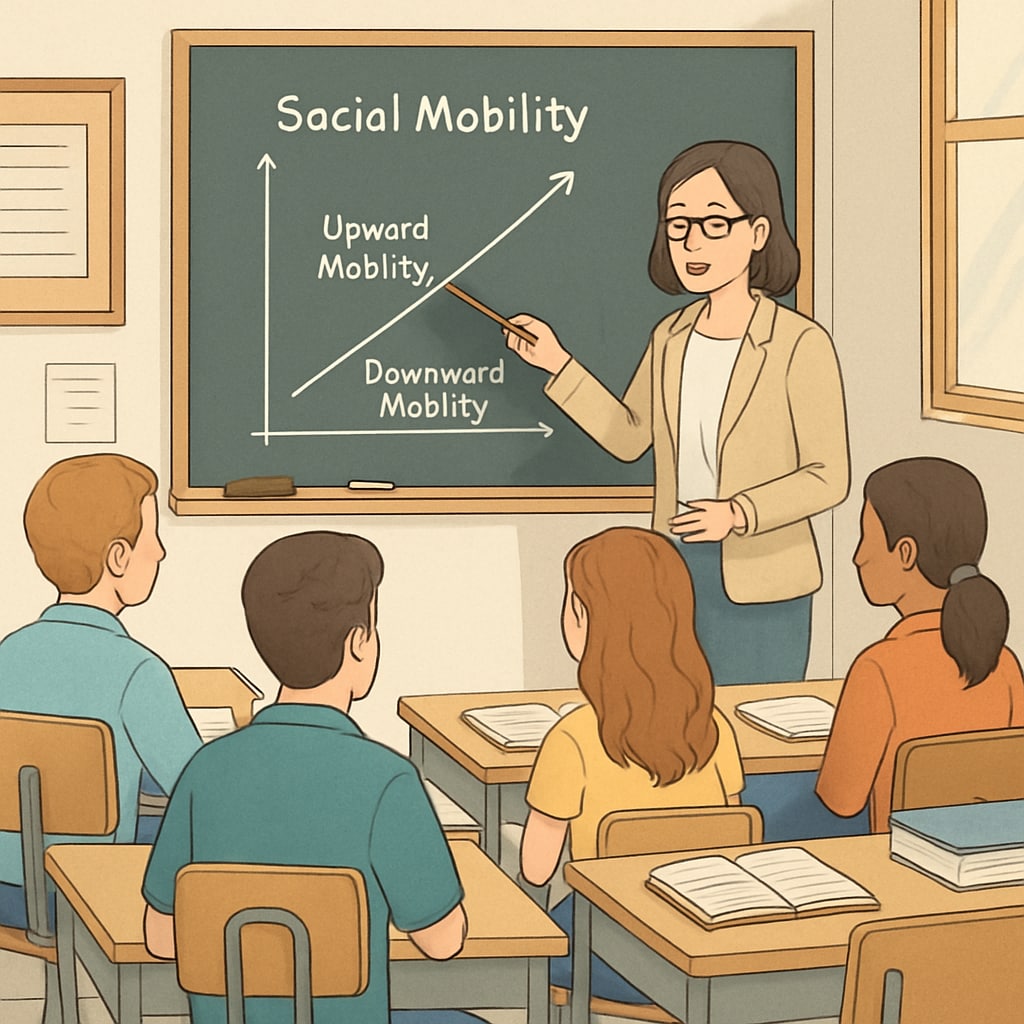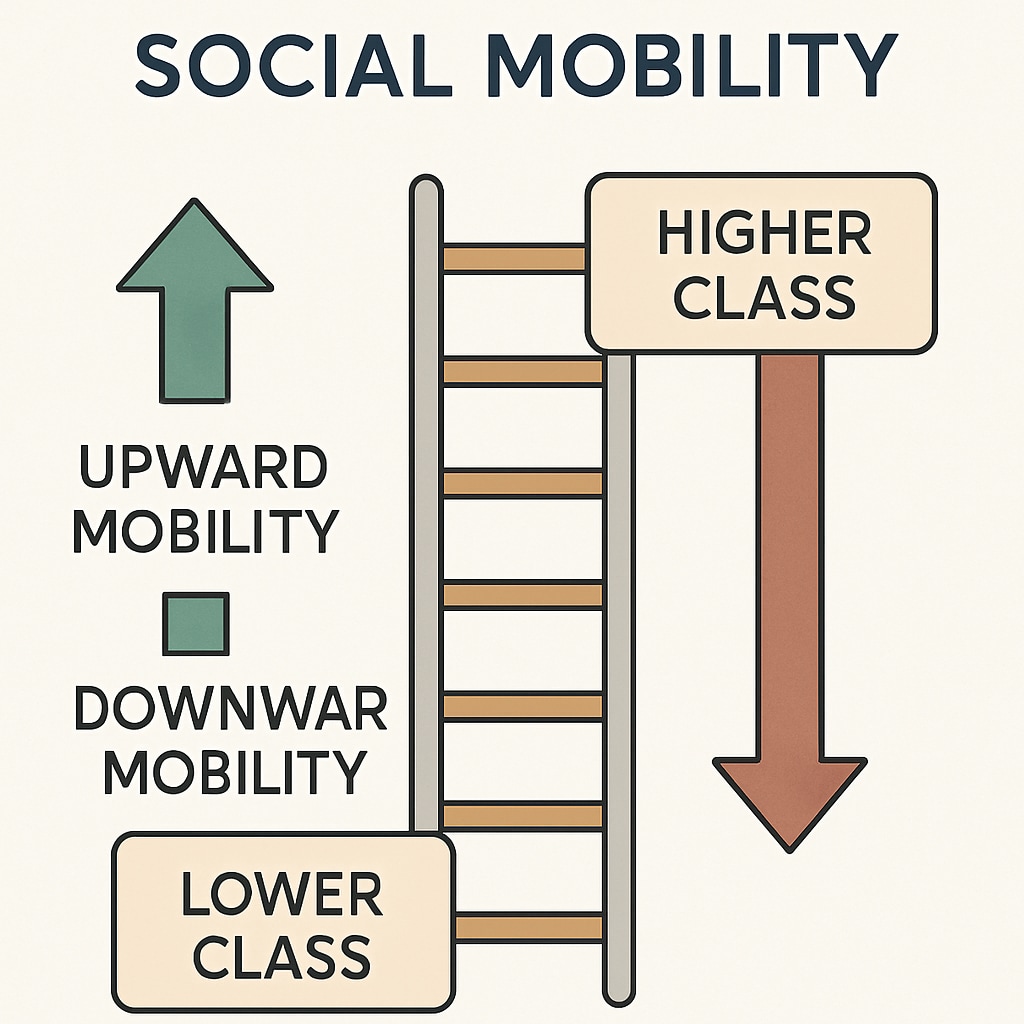The concept of a “class system,” as introduced in social science education, plays a critical role in shaping students’ understanding of society. However, controversies have arisen over a sixth-grade sociology lesson that inaccurately described social class as “lifelong and unchanging.” Such a rigid perspective not only misrepresents the dynamics of social mobility but also risks instilling limiting beliefs in young minds. This article explores the consequences of teaching such “class immobility” narratives, the importance of presenting balanced views in social science education, and the broader implications for student development and societal progress.
The Problem with Teaching “Class Immobility” in Schools
In a recent case that sparked widespread debate, a sixth-grade sociology curriculum described social class as something “permanent and unchangeable.” While the intention may have been to introduce students to the concept of structured inequality, this oversimplified and inaccurate portrayal raises significant concerns. Social mobility—the ability to move between different social or economic classes—is a well-documented phenomenon, albeit one influenced by numerous factors such as education, policy, and individual effort.
Teaching students that class positions are “lifelong” risks portraying society as a rigid hierarchy, leaving little room for personal ambition or structural change. This can lead to a defeatist mindset, where students from lower-income backgrounds see little point in striving for upward mobility, believing their efforts are futile. Conversely, students from more privileged backgrounds may develop a sense of entitlement, assuming their status is guaranteed regardless of their actions.

Why Balanced Perspectives on Social Mobility Matter
Providing students with an accurate and nuanced understanding of social mobility is essential for fostering critical thinking and resilience. While it is true that systemic barriers exist and that upward mobility can be challenging, research shows that education, policy reforms, and social networks can influence class mobility. For example, studies from the Encyclopedia Britannica indicate that societies with strong public education systems and equitable policies tend to have higher rates of upward mobility.
Instead of presenting class structure as an unchangeable reality, educators should encourage discussions about the factors that influence social mobility. This includes exploring both systemic inequalities—such as access to quality education and healthcare—and success stories that highlight the possibilities of overcoming barriers. Such balanced teaching methods empower students to critically analyze societal structures without succumbing to fatalism.
Key Elements for Effective Social Science Education:
- Introduce both the constraints and opportunities associated with social mobility.
- Incorporate real-world examples and case studies to illustrate diverse outcomes.
- Encourage debate and critical thinking about systemic inequalities and reform.
- Partner with socioeconomic experts to ensure curriculum accuracy.

The Role of Educators in Shaping Perceptions
Teachers hold significant responsibility in shaping how students perceive societal structures. A well-rounded approach to social science education should include historical examples of both upward and downward mobility, as well as an examination of ongoing efforts to reduce systemic barriers. For instance, landmark policies like the GI Bill in the United States or universal healthcare in Nordic countries have been credited with enhancing social mobility.
Moreover, educators should recognize the diversity of their students’ backgrounds. For some students, discussions about class may feel deeply personal, especially if their families have experienced generational poverty or significant upward mobility. Sensitivity and inclusivity in teaching methods can ensure that all students feel seen and valued in these discussions.
In conclusion, teaching social mobility as a dynamic process rather than a fixed reality is essential for nurturing informed, motivated, and socially aware individuals. Educational systems must strive to present a balanced view that acknowledges systemic challenges while highlighting the potential for change. By fostering critical thinking and resilience, educators can empower students to envision and work toward a more equitable society.


